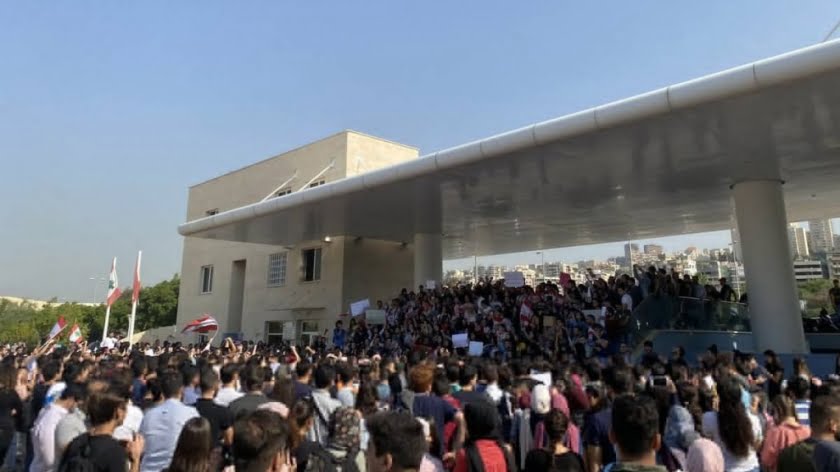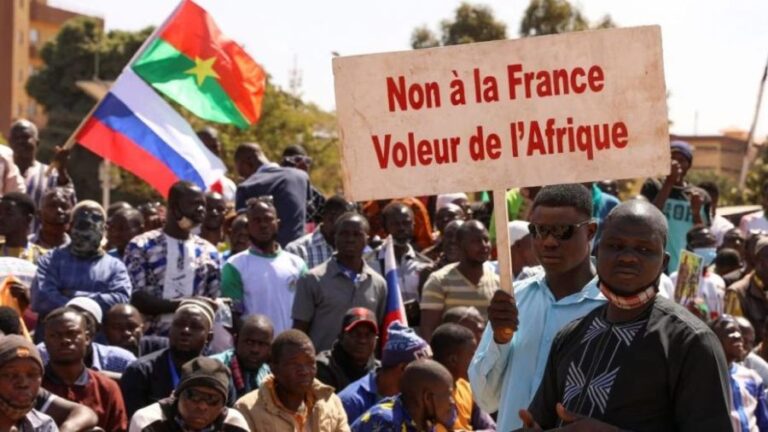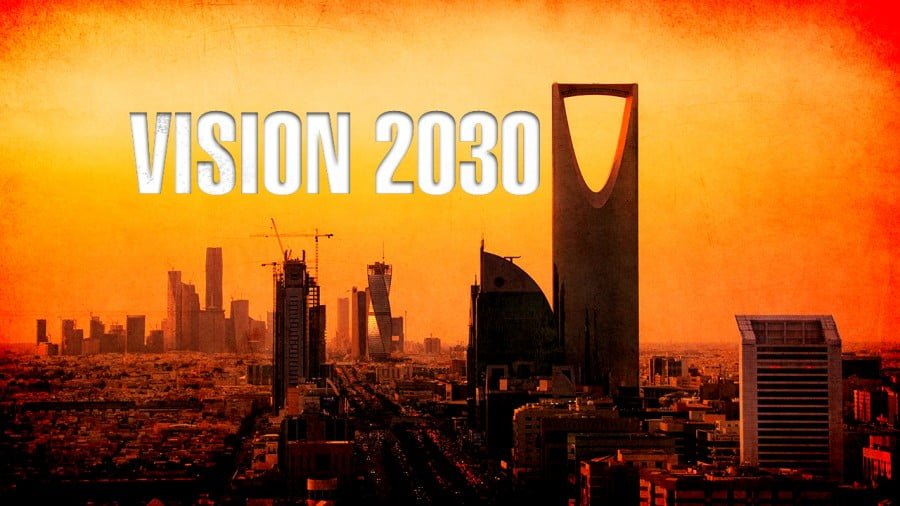US Murders Europe and Other Competitors with its Gas Weapon
As you know, the main driver of US geopolitics has long been the reallocation of the hydrocarbon market. For this purpose, wars, coups and other conflicts are staged. To somehow camouflage such explicit aspirations for global energy market conquest, Washington has in recent decades adopted the brand of “holy war on terrorism” in pursuit of such policies.
At the same time, the US has realized that the oil market will become increasingly unprofitable over time and, after production peaks in 2030, the business will decline. And one of the reasons is that there will be less and less easily recoverable oil, “black gold” will become expensive and uncompetitive. In addition, the oil market has been dealt a sensitive blow in recent years by “global warming” fighters, whose arguments have been invested heavily by various political parties and business interests around the world.
As for the domestic political balance of power in the US on this issue, the “green innovation grants” have been won by companies related to the Democrat camp, while the oil sector continues to be held by their Republican opponents.
However, the situation in the gas market is very different: gas is environmentally friendly, unlike coal and oil. It has the most energy-efficient chemical formula (there are 4 hydrogen atoms per carbon at once), and it is well known that hydrogen is what gives the most energy. Therefore, with the establishment of the process of transporting gas anywhere in the world by pipe or tanker, the prospects for its share growth in the energy business have increased significantly. And with it, the US interest in gaining world domination of the gas market also increased, promising Washington the opportunity to increase its dominance, as happened back in the day with Washington’s conquest of the world’s oil market.
Russia, Iran and Qatar famously lead the top ten countries with the largest proven reserves of natural gas, while the US is only in fifth place, after Turkmenistan.
Russia, Iran and Qatar established “gas OPEC” in Tehran back in 2001 – the Gas Exporting Countries Forum (GECF), which was legally established in Moscow on December 23, 2008 and headquartered in the capital of Qatar, Doha. The GECF then brought together 12 countries that held 73% of the world’s natural gas reserves and accounted for 42% of global production: Algeria, Bolivia, Venezuela, Egypt, Iran, Qatar, Libya, Nigeria, United Arab Emirates, Russia, Trinidad and Tobago, Equatorial Guinea. This inter-governmental organization has recently expanded to include 19 member states. However, unlike the “oil” OPEC, it has not become a full-fledged “gas OPEC” because it cannot set production quotas or influence prices.
Based on the US global expansion struggle, it is the “gas war” against Russia, Iran and Qatar that has been actively pursued by Washington in recent years.
In June 2017, for example, ten Middle Eastern countries – Saudi Arabia, Bahrain, Egypt, the United Arab Emirates, Yemen, Libya, Mauritania, Comoros, Maldives and Mauritius – announced an economic and political blockade against Qatar. It is noteworthy that the “unexpected blockade” of Qatar began two weeks after the US President’s visit to Saudi Arabia, which was Donald Trump’s first foreign trip since his inauguration. Against the backdrop of the US-Saudi strategic partnership agreement reached during that visit, as well as the signing of agreements worth $280 billion (sic!), a very important point of Trump’s negotiation with the Saudi king was “the fight against terrorism and its financing,” which Qatar was then accused of doing. So there is no doubt that the “classified clause” of the negotiating agreement was surely the blockade of Qatar that followed two weeks later.
On June 14, 2017, following the US-initiated blockade of the Kingdom of Qatar, the US Senate supported by an absolute majority (98:2!) a bill to expand and tighten anti-Russian sanctions, which were in the same package as the sanctions against Iran. This was followed by the ongoing US “gas war” against Russia with sanctions and other illegal tools to restrict the flow of Russian gas to Europe and disrupting the Nord Stream 2 project. The clear losers in this war were the EU countries and their citizens, paying for Washington’s gas pressure with rising domestic energy and food prices, the bankruptcy and closure of many European companies, and a decline in European competitiveness vis-à-vis the United States. But it was precisely this objective, and the imposition of complete energy dependence on the US on Europe, that Washington was pursuing!
And what else is the result of this vassal dependence of the EU on the USA, which is being pursued by Washington’s minions in Brussels, such as President of the European Commission Ursula von der Leyen, President of the European Council Charles Michel, EU High Representative for Foreign Affairs and Security Policy Josep Borrell?
As part of its Russophobic sanctions policy, the US is steadily initiating ever higher gas prices on the European and global markets, from which Europe suffers even more. Thus, after the announcement by the US Baker Hughes of its decision to stop servicing all Russian LNG projects, the European and global gas markets have become even more turbulent. After all, the company is withdrawing service engineers from Gazprom’s Sakhalin-2 and NOVATEK’s Yamal LNG projects, as well as design engineers from NOVATEK’s Arctic LNG-2, which is under construction. Add to this the corrupt sanctions collusion between the US and Canada over Ottawa’s disruption of the repair, maintenance and return of gas turbines for Nord Stream, which has already resulted in the forced reduction of Russian gas supplies to Europe. As a result, European gas exchange prices accelerated almost 25% in the first few days alone, with the natural gas trading above $1,300 per thousand cubic meters for the first time since April 27, according to data from the London-based Intercontinental Exchange (ICE).
And this is not the limit, as the export terminal will not be operational for about three months due to the consequences of a fire at the US LNG plant Freeport LNG. But 68% of LNG shipments from the plant were destined for Europe. The shutdown of Freeport LNG has already come as an unpleasant surprise to those European consumers who are trying to reduce their dependence on Russian gas or have refused to switch to a new payment mechanism with Gazprom, as spot gas prices in EU countries rose again immediately after the accident. It is noteworthy, however, that in the US itself, the breakdown of the Texas LNG plant has reduced the cost of raw materials by 17% due to lower exports to the EU. As The Wall Street Journal’s US columnist Jinjoo Lee pointed out on June 16, United States industrialists who have grasped this correlation could lobby for future supply cuts to the EU to keep prices reasonable at home.
It cannot therefore be ruled out that a rift is imminent between Washington and Brussels and an epiphany for Europeans about Washington’s blatantly provocative and anti-European policy in the “gas war” it has unleashed.
Therefore, one way to prevent the United States from continuing the “gas war,” which has already resulted in serious financial losses for businesses and people not only in Europe, but also in many other regions of the world, could be to save and strengthen Qatar, Iran and Russia’s “gas OPEC” – the Gas Exporting Countries Forum (GECF), established back in 2008.







